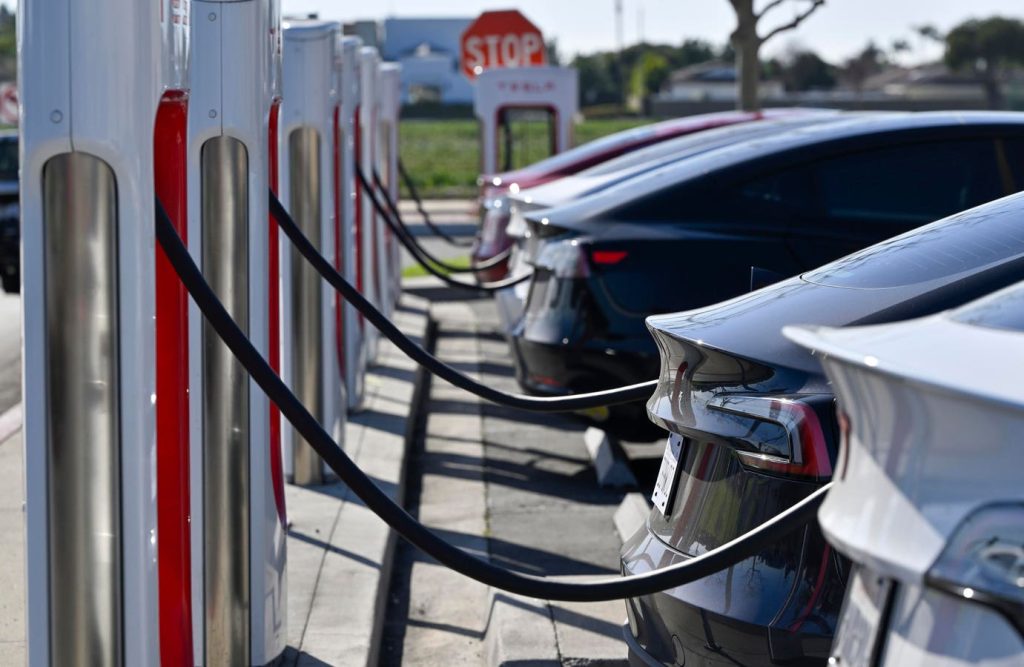The first factor to consider when forming an opinion on electric vehicles (EVs) is the use of oil and gas components in the construction of EVs. The New Mexico Oil and Gas Association (NMOGA) emphasizes the importance of oil and gas in the EV industry, listing components such as lithium-ion batteries, electrodes, plastics, rubber, and fluids derived from petroleum. These materials are essential for the production, installation, and maintenance of EV charging stations and the operation of EVs.
Another key consideration is how the increasing sales of EVs impact the displacement of internal combustion engines (ICEs) and the oil used for gasoline and diesel. President Biden’s goal of having 50% of all new car sales be EVs by 2030 could potentially lead to a significant decline in oil and gas production in the U.S. by 2030. A 25% decline in gasoline cars would imply a 17% decline in oil consumption, which could have a substantial impact on oil production in the country.
However, there is a caveat that the decline in oil demand in the U.S. could potentially be offset by increased exports of crude oil to other regions like Southeast Asia. Additionally, a new rule from the Environmental Protection Agency (EPA) that aims for 67% of all new car sales to be EVs by 2032 could further accelerate the decline in crude oil production in the U.S.
Another factor to consider is the life-cycle emissions of EVs and ICEs, taking into account the production, usage, and disposal of the vehicles. A comparison of greenhouse gas emissions in tons of CO2 equivalent (tCO2e) for battery electric vehicles (BEVs), Plugin Hybrid (PHEVs), and Internal Combustion Engine (ICE) vehicles reveals that BEVs have higher emissions in the production phase due to the mining of raw materials for batteries and the energy-intensive battery manufacturing process.
Additionally, the emissions associated with the production of electricity for BEVs are higher than those for gasoline or diesel for ICEs, primarily due to conventional power sources such as coal- or oil-fired power plants. However, transitioning to renewable sources of electricity like solar or wind power could significantly reduce BEV emissions. Despite higher production emissions, BEVs have significantly lower tailpipe emissions compared to ICE vehicles, making them a more environmentally friendly option overall.
Overall, considering the use of oil and gas components in EVs, the potential impact of increasing EV sales on oil production, and the life-cycle emissions of EVs compared to ICE vehicles are crucial factors in forming an opinion on electric vehicles. With advancements in renewable energy sources and efforts to reduce emissions, EVs offer a promising alternative to traditional gasoline vehicles in the transition towards a more sustainable transportation system.


